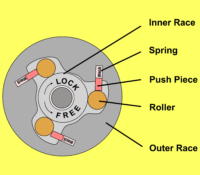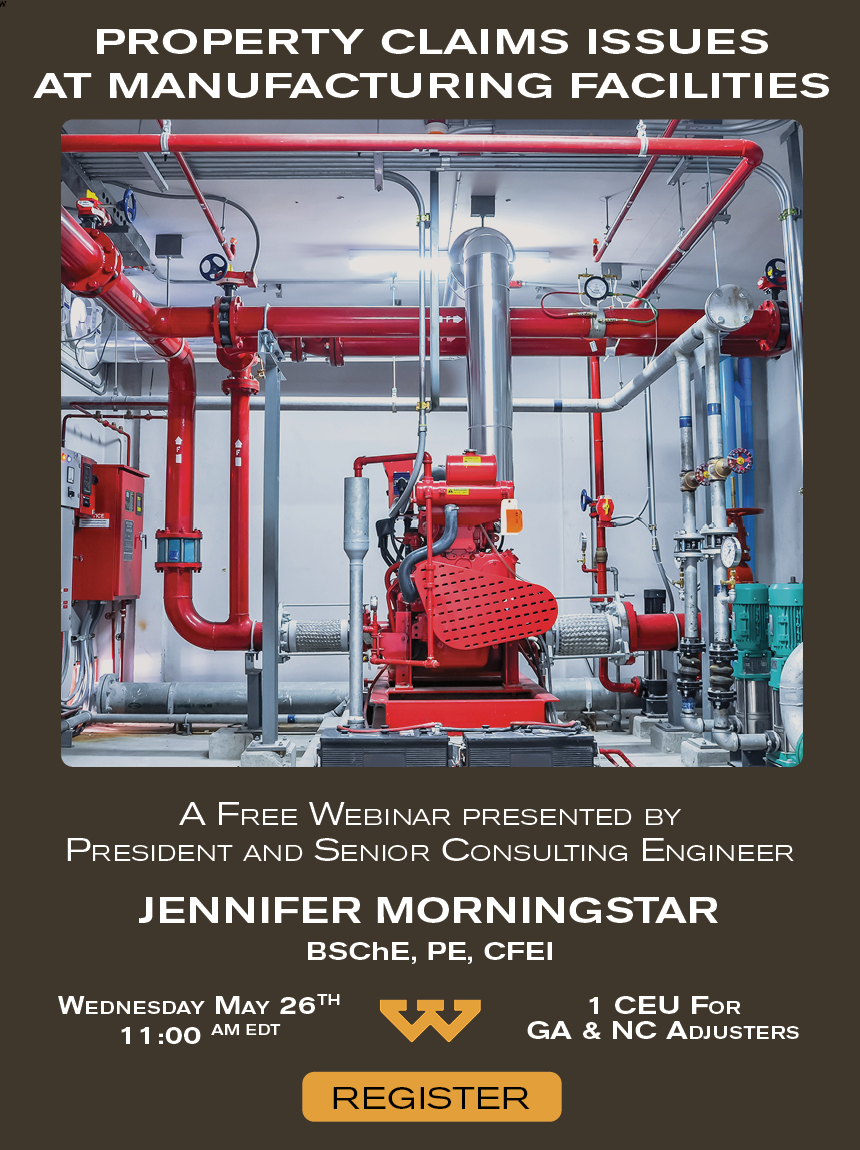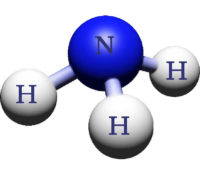The FORKLIFT 500 – A Need for Speed
From a young age, many children are typically drawn to things that are fast. Fast toys, fast race cars, sports that require speed. Is it possible that “feeding” this desire tends to make many of us resist, whether consciously or subconsciously, the request or demand to “Slow down!” once we’ve grown up, even when we know that it is the right and wise thing to do? Now couple this with the natural tendency of most businesses to push for more productivity by doing things faster and more efficiently. This can be dangerous when we take this combination into a workplace where forklifts are a necessary and integral part of the day-to-day operations.
Race cars are designed to go fast, and they rely on a properly trained and experienced driver to complete a race successfully and safely. Forklifts are designed to lift and transport heavy loads, and they also rely on a properly trained and experienced driver to Read More














